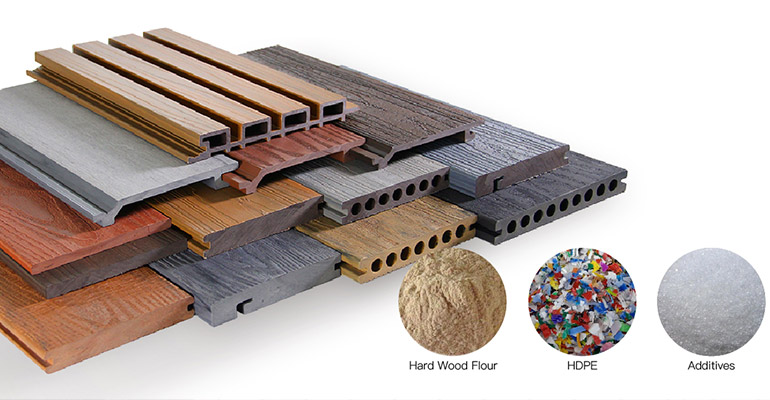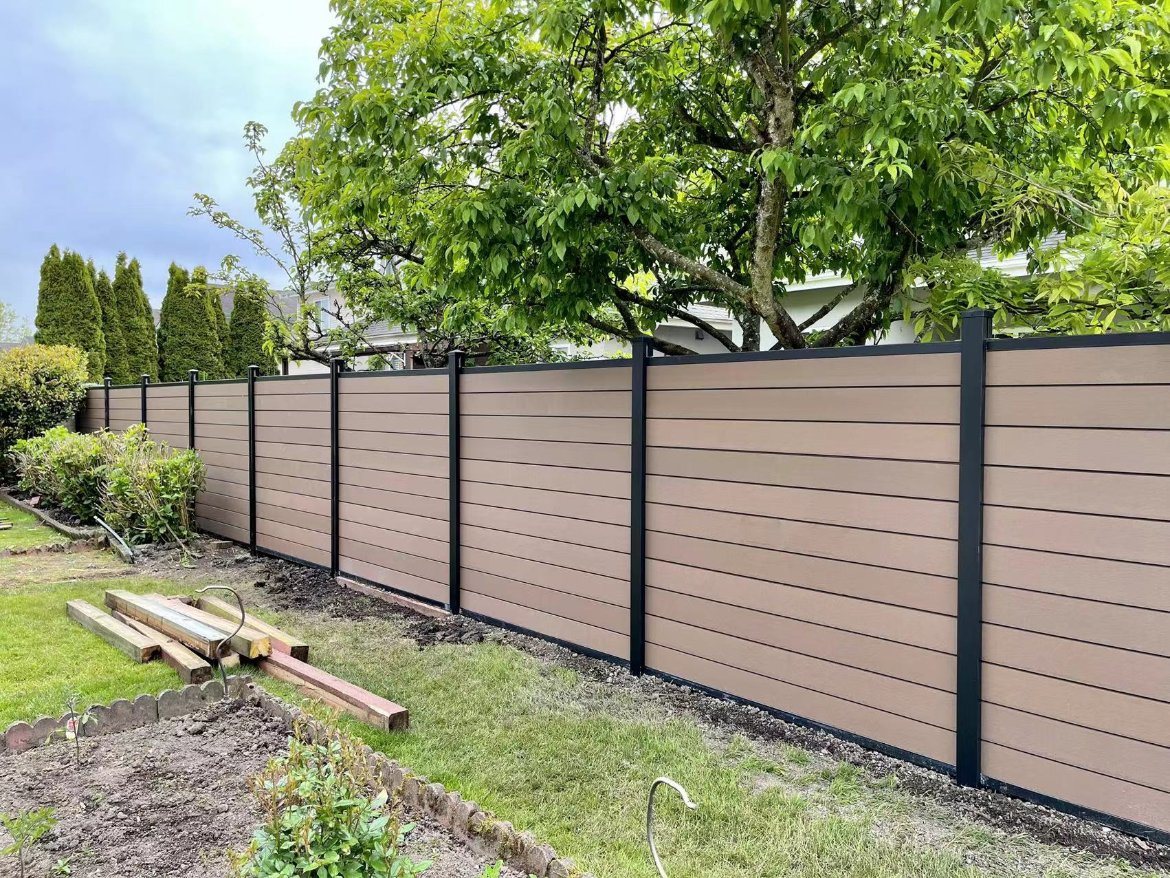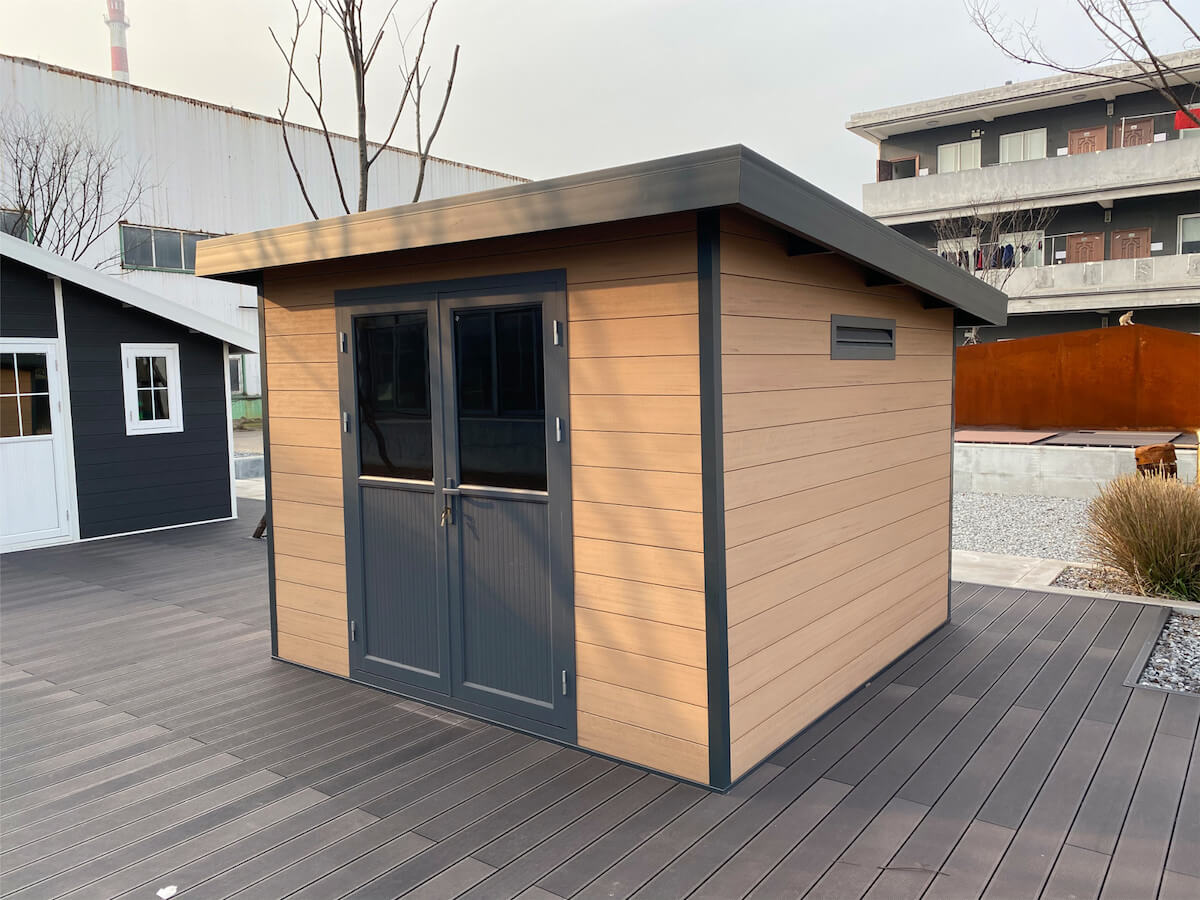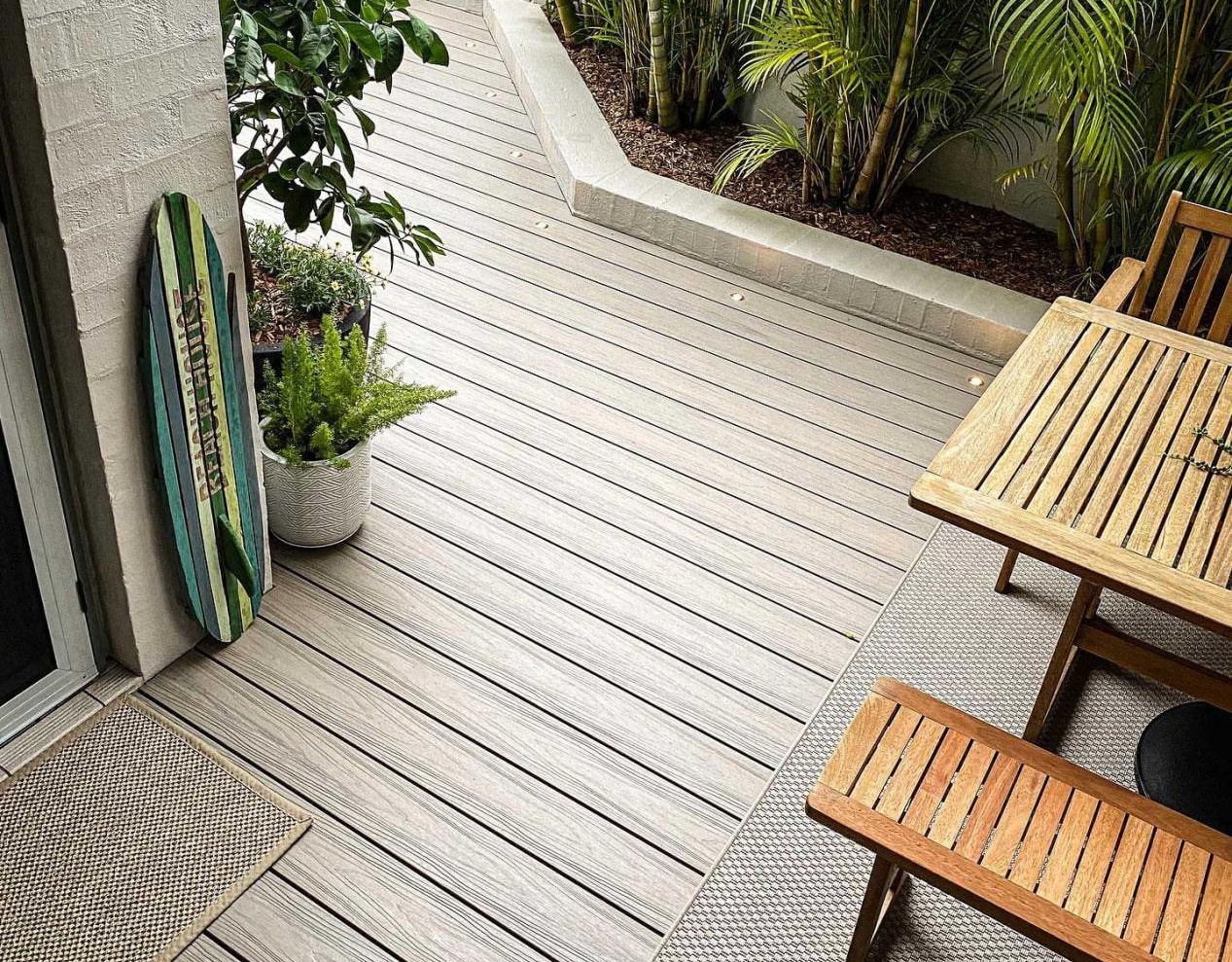Application status of foreign plastic wood materials
Thursday, June 1, 2023All over the world, plastic wood has been widely used, and its usage is growing geometrically year by year. In Europe, plastic wood accounts for more than 11% of the composite material products used, and in the field of building exterior decoration and auto parts, plastic wood occupies the vast majority of the market share. In other industrial production and human social life, plastic wood has also been well used, such as building walls, home furnishing, consumer goods and so on. According to the report analysis of Freedoniafad, a world-renowned market research institution, with the gradual recovery of the construction industry, the demand for wood-plastic composite materials in the United States will grow at an annual rate of 9.8% in recent years, and its market value is expected to reach 5.5 billion US dollars in 2018. The report also pointed out that the strengthening of the US market and the extensive transformation of infrastructure have further pushed up the country’s market demand for plastic-wood composite materials.

Boarding and automotive interiors are the most important application areas of wood-plastic composites in Europe, followed by fences and wall panels. At present, natural fiber-reinforced plastic composites NFC are only used in automotive interiors, and plastic-wood composites NFC is widely used throughout Europe. The market share of composite materials (glass, carbon, etc.) has reached 15%, which is very gratifying and this number is still growing, and the future development trend is promising. NFC, which is mainly used in the field of automotive interiors, has gradually begun to penetrate into other application fields.

Wood-plastic composites were originally widely used in the automotive industry, but now there are many wood-plastic composites that have gradually penetrated into other industries, such as wood-plastic composites using injection and other non-extrusion processes for the furniture industry, technical products, Consumables and home electronics.
Wood-plastic composite materials are processed into various profiles through extrusion molding. The profiles can be provided with the required grooves as plug-in columns, and can also be made into solid or hollow panels as wall panels. Therefore, plastic-wood materials are used to construct plug-in assembly Simple or temporary housing can give full play to its strengths. It can be used as temporary housing for earthquake relief, kiosks, sentry boxes, temporary workshops, mobile toilets, changing rooms or tool rooms in beach swimming pools, and military field activities. Plastic-wood houses often adopt a plug-in assembly structure, which can be disassembled repeatedly, so some call it a mobile house, and it can also be built into a relatively fixed one according to needs, such as a kiosk, sentry box, etc. Most of the construction work is done in the factory. The on-site installation is very simple and does not require high operating skills. A simple plastic-wood house can be built in less than a day, so it is especially suitable for use in emergency situations, such as war , disaster relief, etc.

In addition to temporary housing for temporary construction sites in foreign plastic wood houses, it also includes commercial office buildings, shops, and laboratories; industrial plants; schools, kindergartens, nursing homes, and hospitals for public buildings; Tourist villas, motels, hotels, restaurants used in the tourism industry; residential houses used in the traditional construction industry, etc. At present, domestic plastic-wood integrated houses are gradually being recognized. Many development zones, real estate developers, tourist attractions, new rural construction, and individuals have valued this very advantageous product. The rapid promotion of integrated houses has become a new material in this century. and a highlight in the field of architecture. The integrated houses in the future will make full use of solar energy, wind energy, and geothermal energy to form truly self-sufficient green and environmentally friendly houses.

Plastic wood materials have high economic and social benefits through the comprehensive utilization of waste resources, turning waste into treasure, and turning harm into profit. economic requirements. Has broad development prospects.